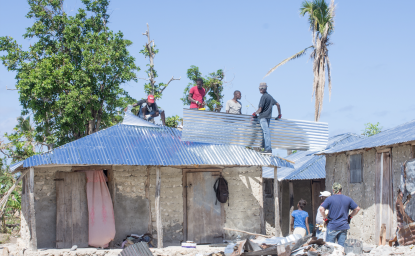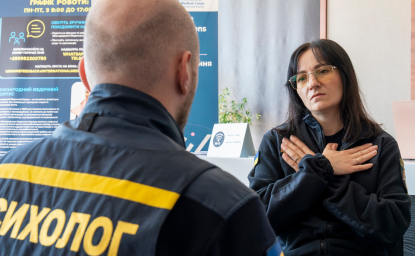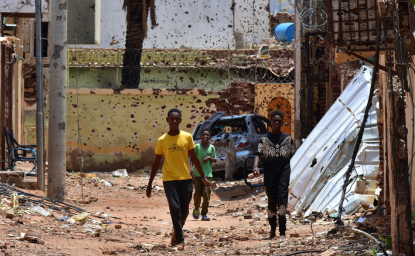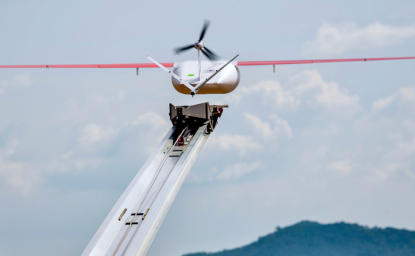Japan Earthquake Anniversary
Asia Program Associate Bryce Wakefield assesses coverage of the anniversary of the Great East Japan Earthquake and tsunami.
Asia Program Associate Bryce Wakefield assesses coverage of the anniversary of the Great East Japan Earthquake and tsunami.
It has been one year since the Great East Japan Earthquake. Much of the commentary in the run up to the anniversary of this grim event has been devoted to the failings of the Fukushima nuclear power plant and, in the English language media, to a reassessment of how individual political leaders, particularly then-Prime Minister Naoto Kan, responded to this disaster.
Recently, for example, a PBS documentary practically rehabilitated the former Japanese leader, who was at the time chastised for his weak handling of the crisis at Fukushima. PBS’s depiction portrays the prime minister as a strong leader willing to stare down intransigent nuclear industry executives and cajole them into taking action to prevent nuclear catastrophe in the days after the tsunami. Reassessing Kan in such a fashion implies that the harsh criticism he received after the disaster, leading to his resignation in August last year, was unwarranted.
However, many of the key “revelations” about Kan’s actions were already extensively covered by the Japanese-language media, both during his term and since. Most Japanese were already well aware of the steps taken by the government to contain the crisis at Fukushima at that time. It was Kan’s inability in subsequent months to handle political opposition both outside and inside his party, the legacy of a series of poor political choices made prior to the disaster, that was more instrumental in his downfall.
Coupled with reports on the status of the ailing nuclear plants, a focus on Kan’s response to the nuclear crisis would make many readers of English-language media believe that the disaster was “all about Fukushima.” Actually, despite concerns about the nuclear reactor, Japan faces more pressing problems that are not receiving due attention, because of the media focus on the plant.
Rebuilding communities in tsunami-affected areas is one of these problems. Images in the British and American media compare areas lying in rubble days after the quake and the same areas completely free of debris now as a sign of how far tsunami-affected areas have come in one year. Nevertheless, it is important to note the absence of buildings or infrastructure in these areas, a detail that cannot be of much comfort to former residents. Japan has proven that it can clean up. It now has to show that it can rebuild. For most people directly affected by the tsunami, this is a more important issue than the situation at Fukushima.
Although the immediate response to the disaster by the nation’s Self Defense Forces, as well as by local and overseas civilian search and rescue teams, was laudable, there is also a need for greater focus on future disaster planning. Makeshift communication between U.S. and Japanese forces during the disaster allowed for effective cooperation. However, the two allies, as well as other nations in the Asia-Pacific region, must work in the years ahead to learn how to take advantage of each other’s capabilities in order to respond to similar natural disasters. The presence of a mutual assistance agreement between the United States, Japan, and other Asia-Pacific nations would have led to even more efficient cooperation after the disaster and saved more lives. The establishment of such institutions needs to be a priority for the future.


The Indo-Pacific Program promotes policy debate and intellectual discussions on US interests in the Asia-Pacific as well as political, economic, security, and social issues relating to the world’s most populous and economically dynamic region. Read more




